The AccuBoost Technique, minimizes radiation exposure to patients’ skin, heart, and lungs.
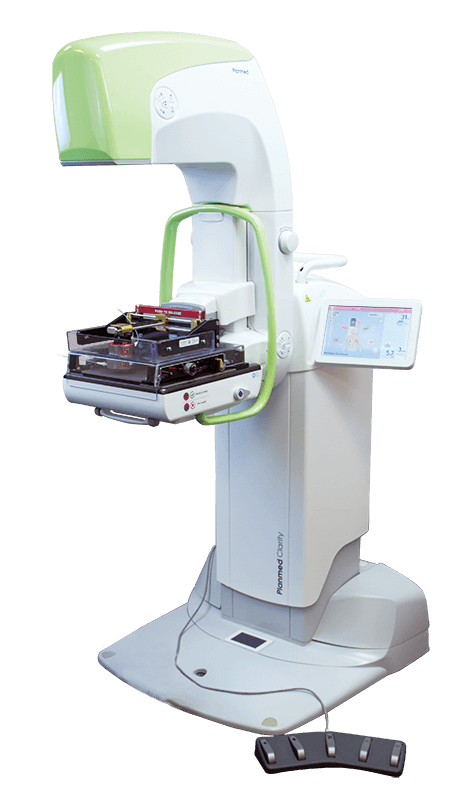
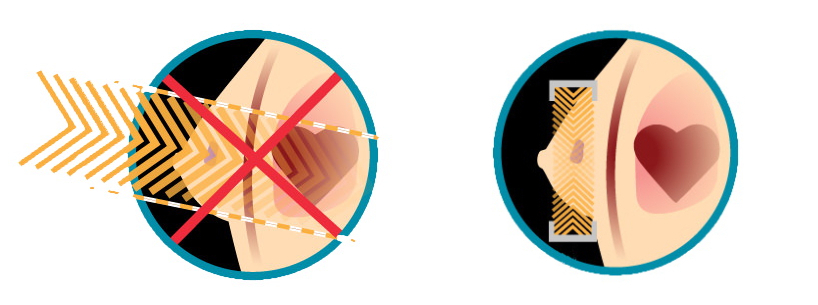
What is AccuBoost
The AccuBoost Technique offers a novel, non-invasive brachytherapy approach specifically for the treatment of breast cancer. The technique has been developed by key opinion leaders in breast cancer therapy to allow maximum flexibility in treatment options and schedule for both the patient and medical team. The AccuBoost Technique is offered for the boost phase of Whole Breast Irradiation (WBI) or alternatively for an Accelerated, 5 or 10-day course of, Partial Breast Irradiation (APBI).
Many treatment centers refer to the treatment as “The AccuBoost Procedure”, “The AccuBoost Technique”, “Non-Invasive, Image Guided Breast Brachytherapy” sometimes abbreviated as NIBB or NIIGBB, or simply as “AccuBoost.”
The Features of AccuBoost
The Features of AccuBoost are Focused on Patients with Early-Stage Breast Cancer
As a targeted approach to the delivery of either the boost to the tumor bed or definitive 5-10 day treatment– also known as APBI, the AccuBoost Technique has a number of attractive features.
AccuBoost Non-Invasive Breast Brachytherapy for APBI
Accelerated Partial Breast Irradiation (APBI) with Non-Invasive Breast Brachytherapy. AccuBoost’s targeted non-invasive radiation therapy for APBI has many benefits for early-stage breast cancer patients. AccuBoost, also known as Non-Invasive Image-Guided Breast Brachytherapy (NIBB), an important feature of the AccuBoost Technique for Accelerated Partial Breast Irradiation (APBI) is that the patient can receive treatment EITHER two times a day for 5 days OR once a day for 10 days. Additionally, not having a balloon or catheter penetrating the skin as used in intracavitary or interstitial breast brachytherapy approaches, eliminates indwelling device-related complications such as infection.
Many treatment centers refer to the treatment as “The AccuBoost Procedure”, “The AccuBoost Technique”, “Non-Invasive, Image Guided Breast Brachytherapy” sometimes abbreviated as NIBB or NIIGBB, or simply as “AccuBoost.”
The Features of AccuBoost Non-Invasive Breast Brachytherapy for APBI
Non-Invasive Image-Guided Breast Brachytherapy
The non-invasive AccuBoost Technique avoids or lessens some of the detrimental effects / complications of indwelling catheters while delivering a conformal treatment:
- Device-related infections
- Catheter entry point wound care
- Patient discomfort with indwelling catheters for 1-2 weeks
- Residual marks at entry points through the skin
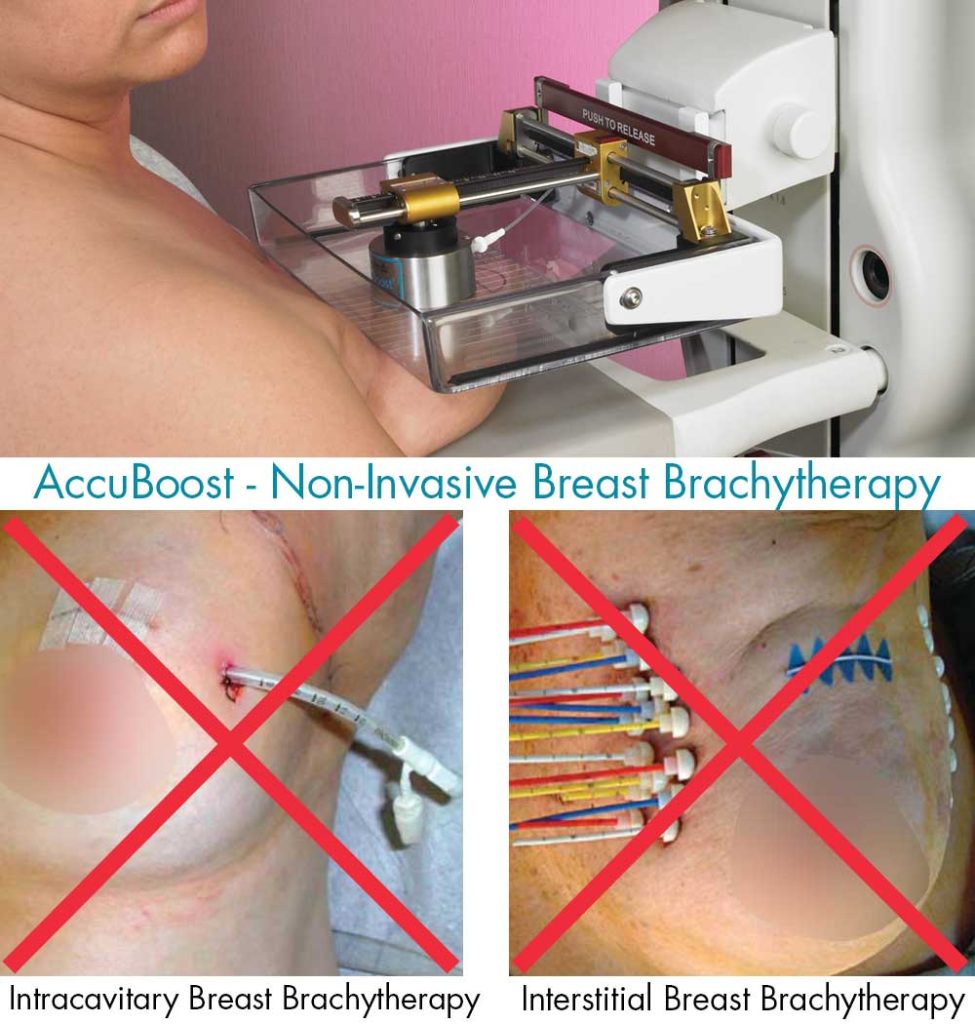

Schedule Flexibility
With the AccuBoost Technique, the option to use either the customary BID treatment approach or a QD option is available. This affords patient, clinic, doctor and staff more flexibility in scheduling.
The AccuBoost Technique for APBI provides the option of:
- Twice a day for 5 days,
- Once a day for 5 days or
- Once a day for 10 days
Non-Invasive Image-Guided Breast Brachytherapy
The non-invasive AccuBoost Technique avoids or lessens some of the detrimental effects / complications of indwelling catheters while delivering a conformal treatment:
- Device-related infections
- Catheter entry point wound care
- Patient discomfort with indwelling catheters for 1-2 weeks
- Residual marks at entry points through the skin
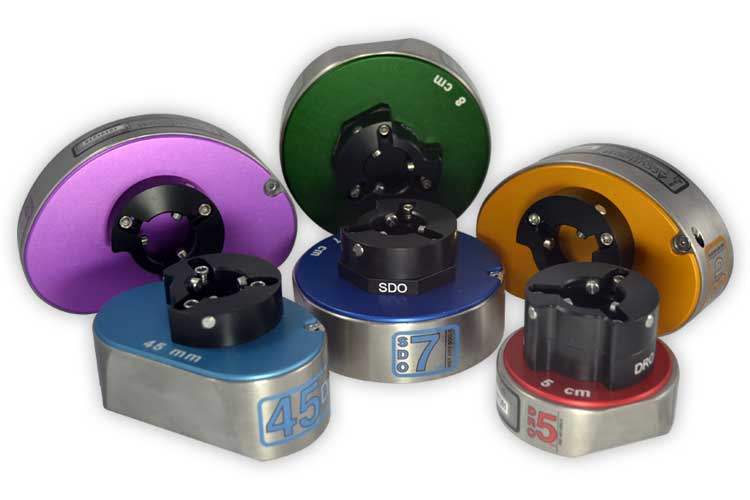

Accurate Targeting
The mammographic imaging allows direct visualization of the target within the breast rather than relying on any external references for field localization.
The Features of AccuBoost for Boost
AccuBoost for Boost Dose of Whole Breast Irradiation (WBI)
With traditional WBI boost, often the breast is imaged only once or twice via CT to establish the target and treatment plan for the entire course of therapy. With typical en-face or photon boost, neither the breast nor the patient is immobilized leading to potential targeting uncertainties. When the AccuBoost Technique is used to deliver the Boost dose, the breast is imaged each and every day and treatment is based on the target within the breast as seen in that image, providing confidence that the treatment is being delivered to the desired target.
Accurate Targeting
Immobilizing the breast in this non-invasive approach, allows the radiation oncologist to identify the target with high confidence. Using daily mammographic images provides excellent visualization of the target within the breast for dose delivery and does not rely on external landmarks or special patient setup techniques like breath gate and hold.
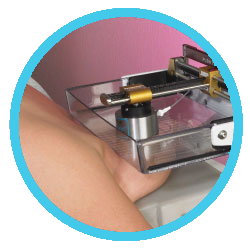
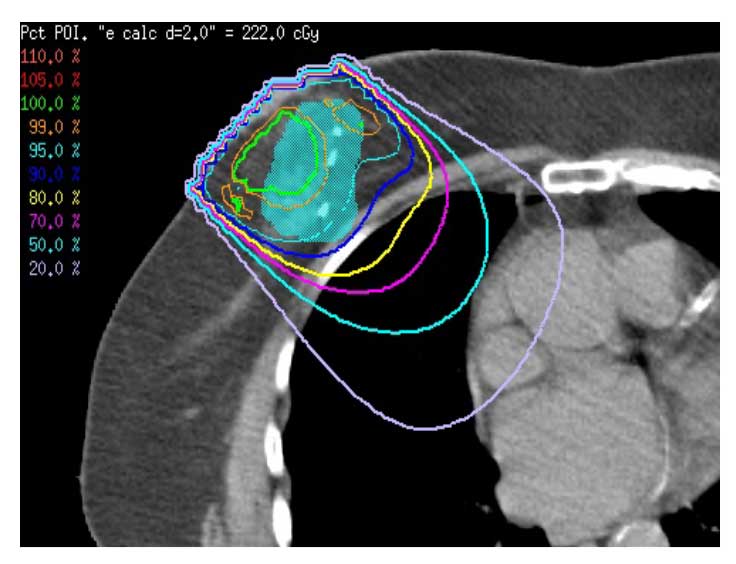
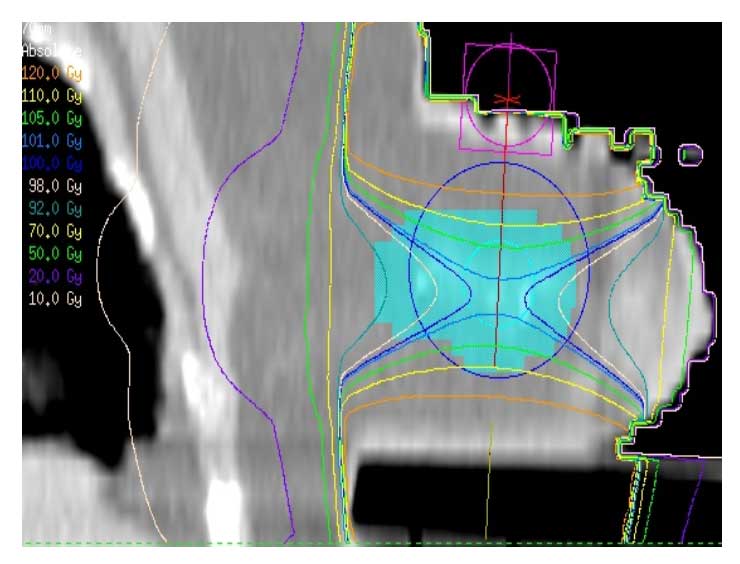
Sparing Dose To Healthy Tissues
Rather than delivering radiation directed at the chest wall as in a traditional en-face electron Boost, the dose is delivered parallel to the chest wall. When this is combined with breast immobilization, shielded tungsten applicators and a 4-field box approach, the dose of radiation to healthy tissues and organs like the heart, lungs, skin and chest wall are reduced. Published reports indicate a substantially smaller PTV for patients with the AccuBoost Technique as compared to electrons as well as reduced dose to other structures.
Low Toxicity and Excellent Cosmesis
Published multicenter clinical reports indicate very high rates of Good/Excellent Cosmesis and low toxicity.
The combination of multi-axis tangential dose delivery, multiple sizes, and shapes of shielded applicators and a 4-field technique allow the radiation oncologist to adapt the treatment to each patient’s clinical presentation.


Schedule Flexibility
Depending on clinic schedules, staffing and radiation oncologist preference, the Boost dose via the AccuBoost Technique could be delivered before, during or after WBI therapy.
